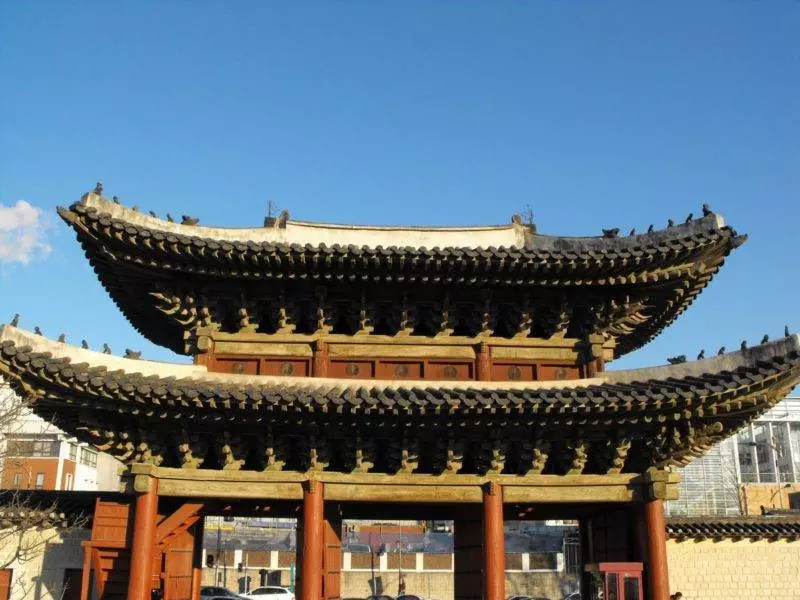
Changyeong Palace (the gung means palace in Korean) was originally built in 1418 by King Sejong for his father, Taejong. Like almost all palaces in Korea, portions of the palace have been destroyed or damaged, then rebuilt; destroyed or damaged again, and rebuilt again. The palace was totally destroyed during the Japanese invasion in 1592, but was rebuilt in 1616. Many (but not all) of the buildings were destroyed again by fire in 1830. Myeongjeongjeon (the Throne Hall) and Honghwamun (the main entrance gate – pictured above) remained intact – each structure almost 400 years old. Today, the palace has been restored to its original state, a project that started in 1983.
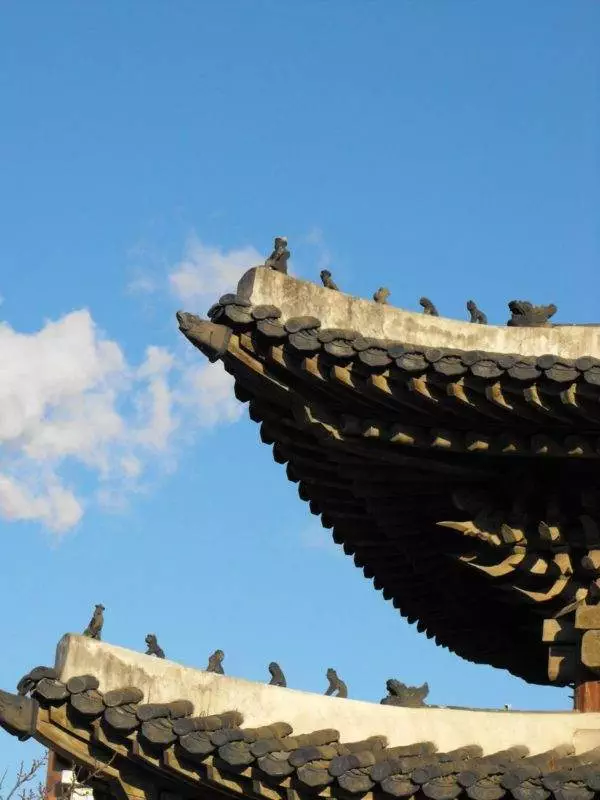
A close-up of the left side – various animals bid entrance and keep outsiders out.
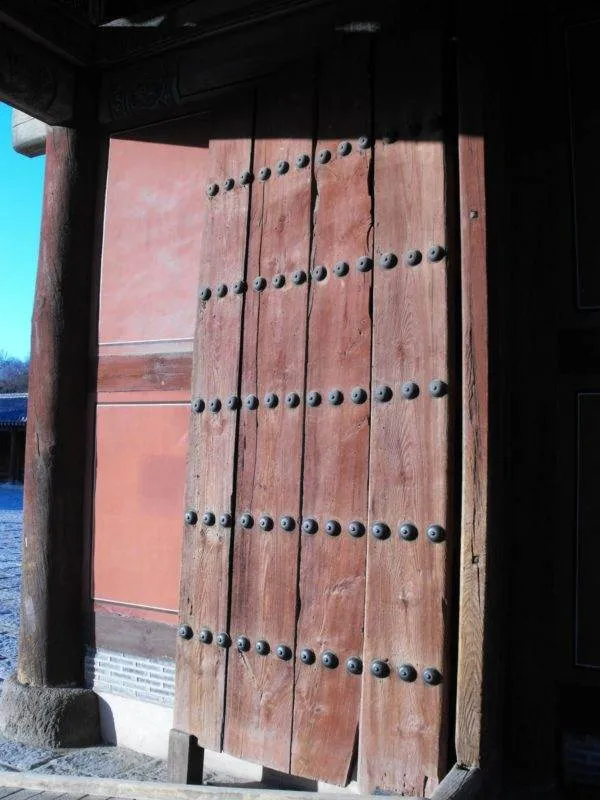
A look at Myeongjeonmun’s doors.
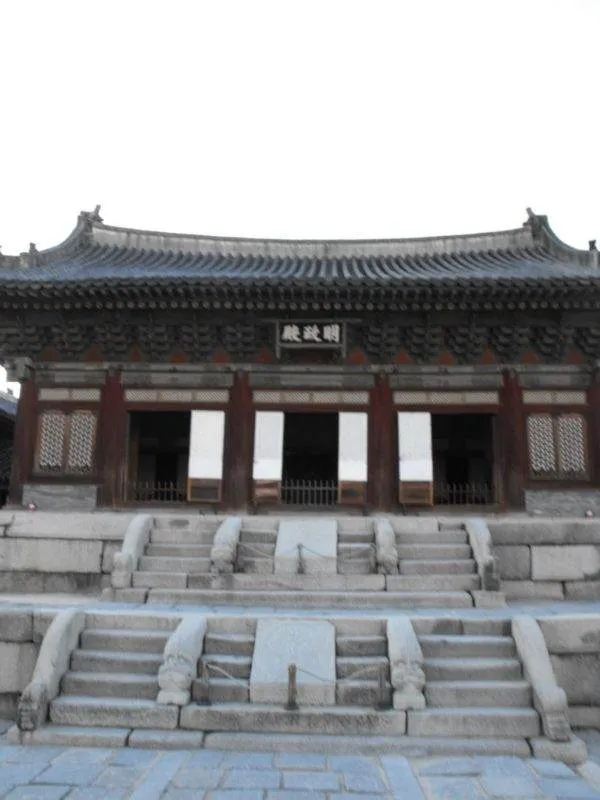
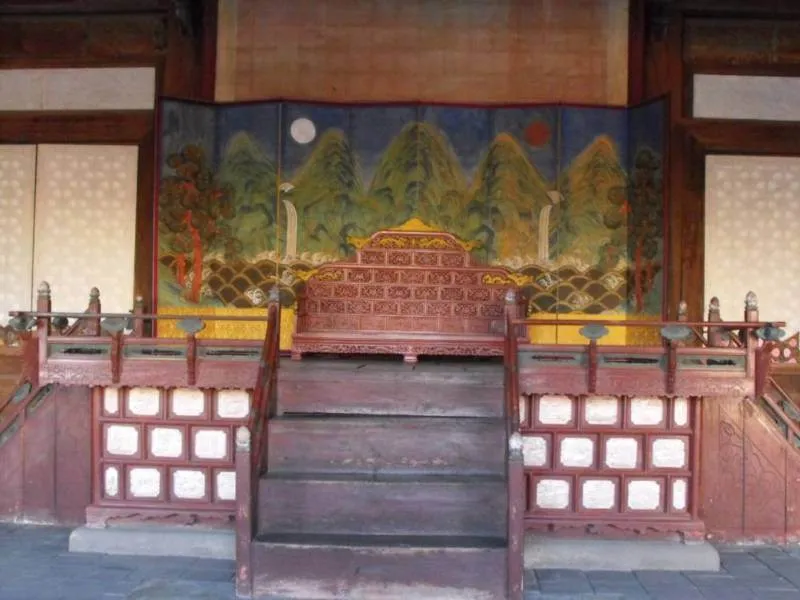
The aforementioned Myeongjeongjeon (the Throne Hall). Imagine this building being used by the king of Korea to perform enthronement ceremonies or receive greetings from his subjects.

Looking back at the entrance from the Throne Hall. Now, imagine it without the tall, modern buildings, and add a few hundred people ranging from royal wives, concubines, princesses, government officers, and gardens.
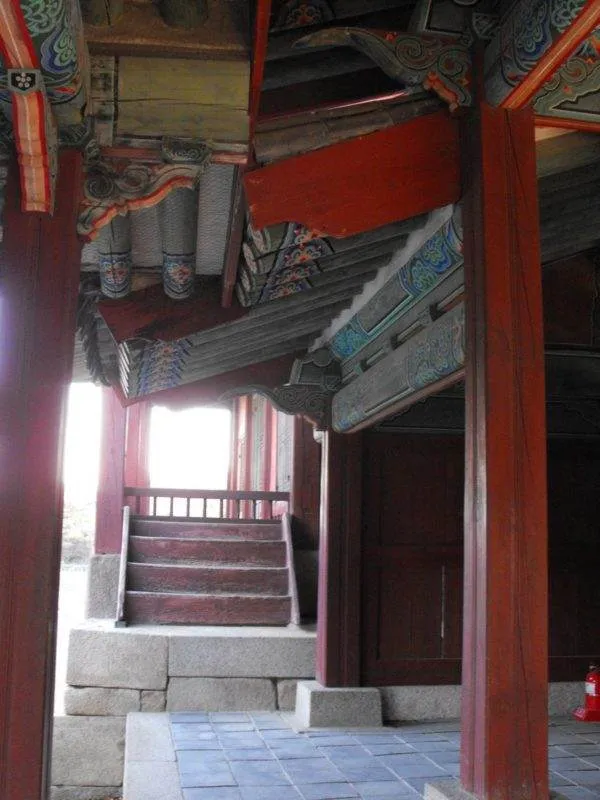
The buildings sometimes seem overlaid on each other at times.
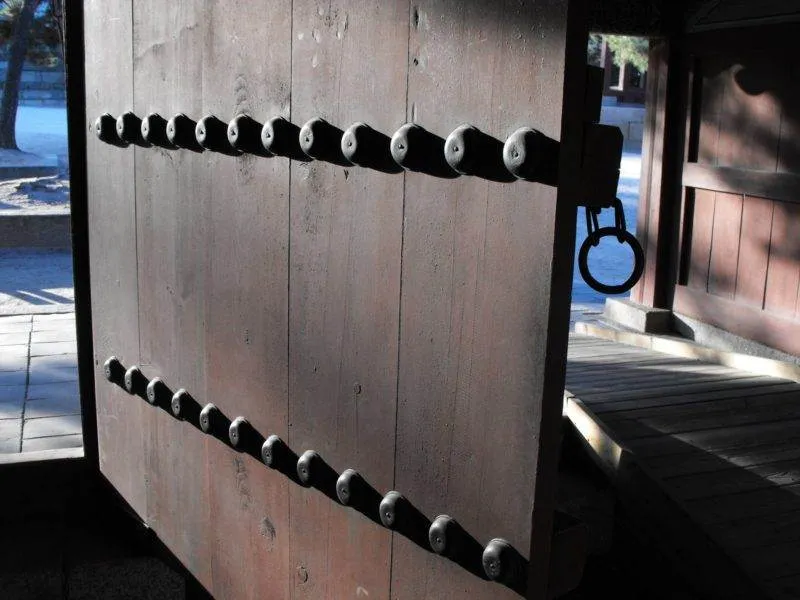
Did I mention I like doors? The picture doesn’t quite capture the wood grain highlighted by the sun, while the rows of bolts run perpendicular.
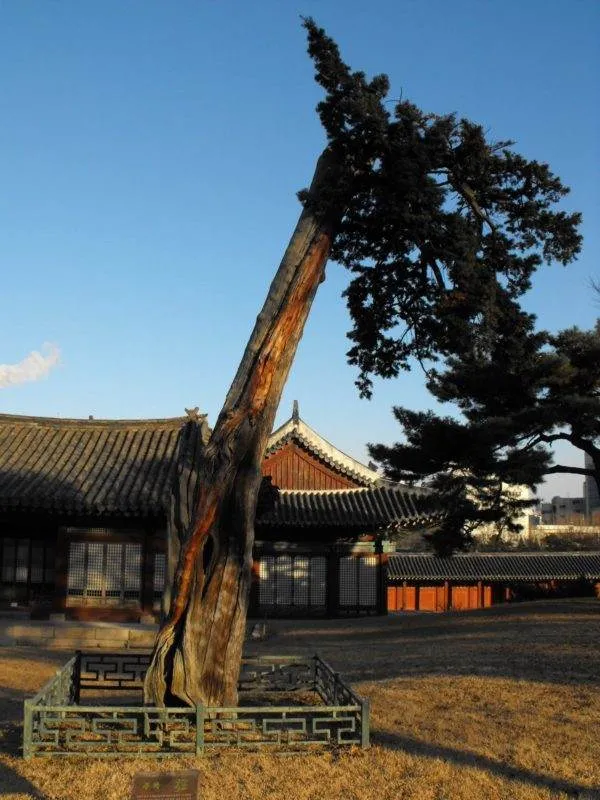
A taxus cuspidata, or a jumok as the Koreans call it. Apparently it’s some kind of poisonous tree that’s over 300 years old.
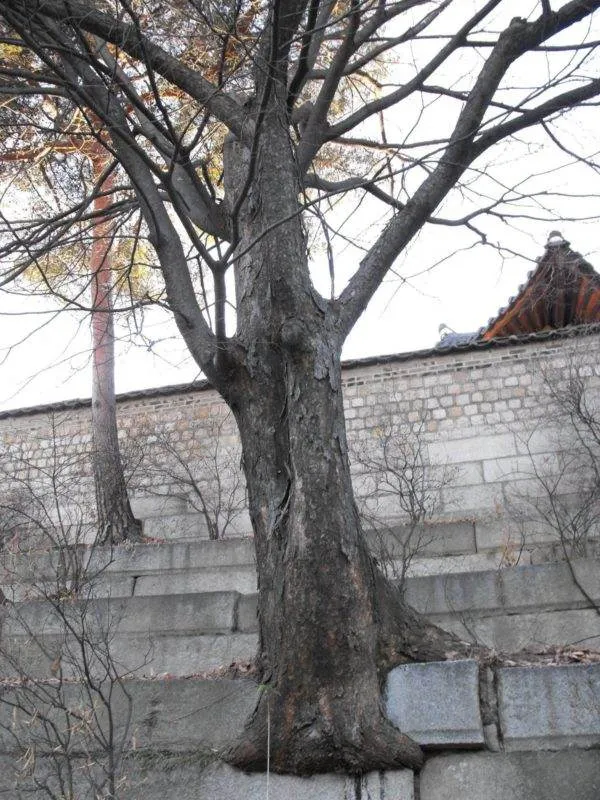
No sign accompanied this tree, which seemed to be growing from within the concrete.
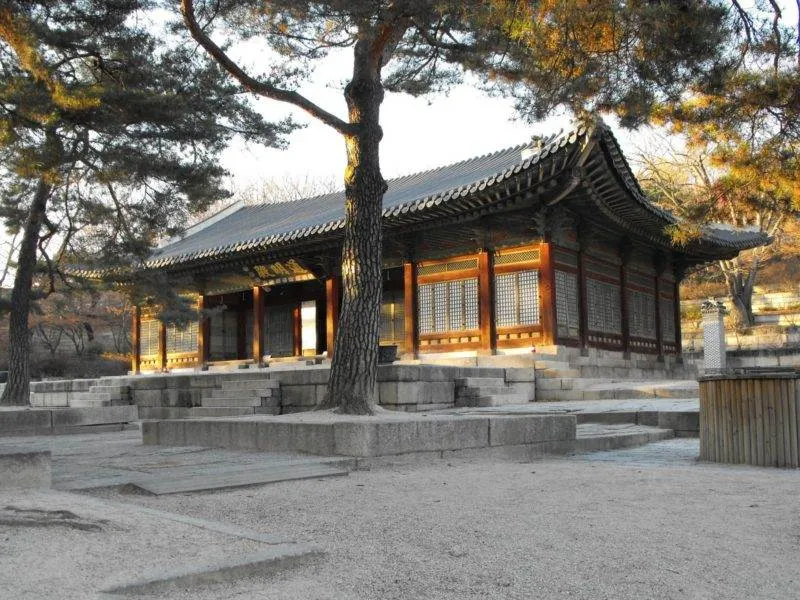
Known as Tongmyeongjeon, this building served as the residential quarters for the King and Queen, and was rebuilt in 1833.
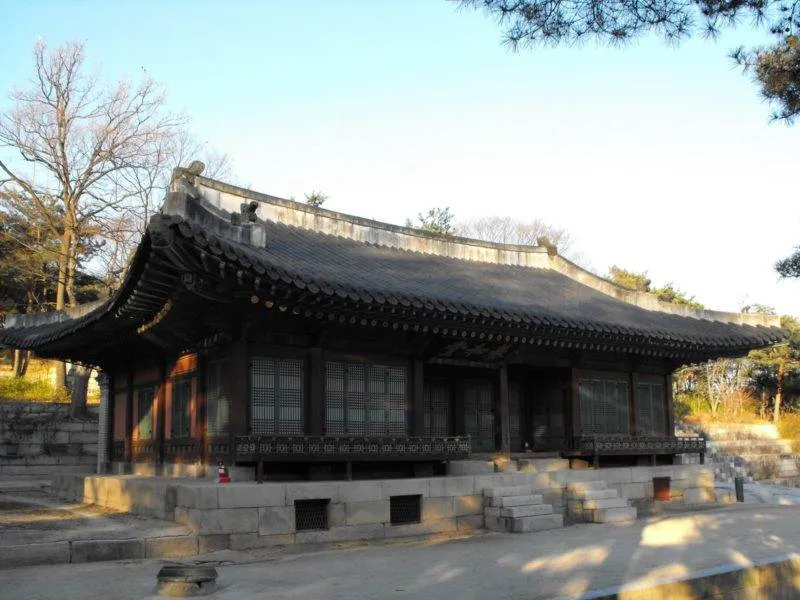
Known as Yanghwadang and rebuilt in 1833, this building was the place where the dowager queen lived, although a King named Injo lived here in the building’s previous incarnation.
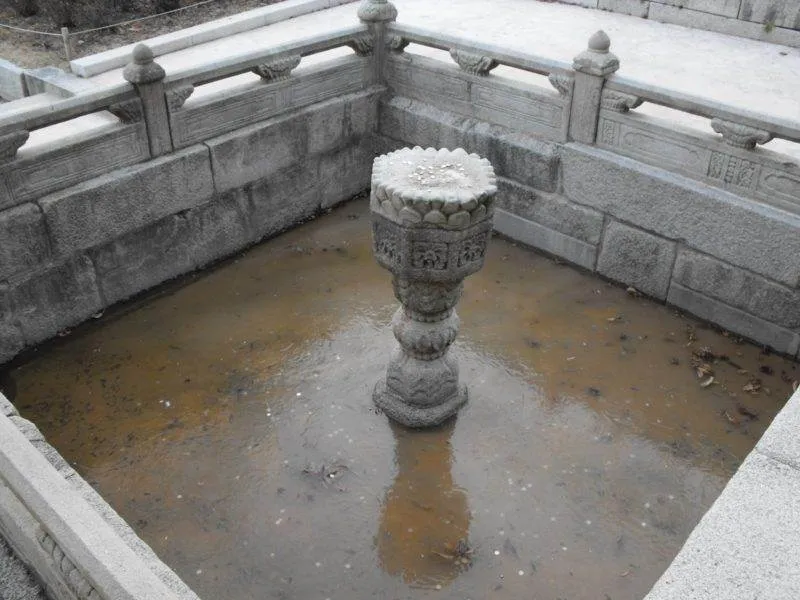
Cross a stone bridge over a stream to see the area – but in the winter times this stream froze over. Those little specks of metal? Yeah, they’re coins, frozen in the stream until next spring.
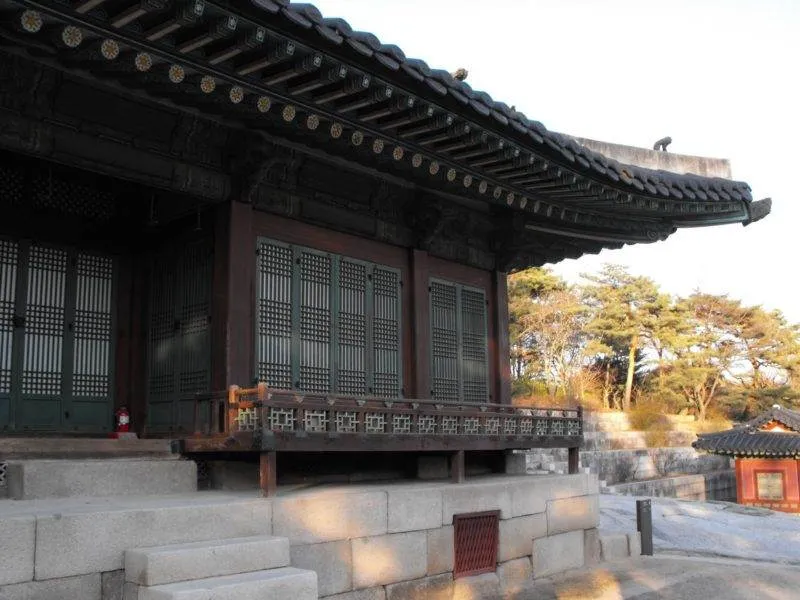
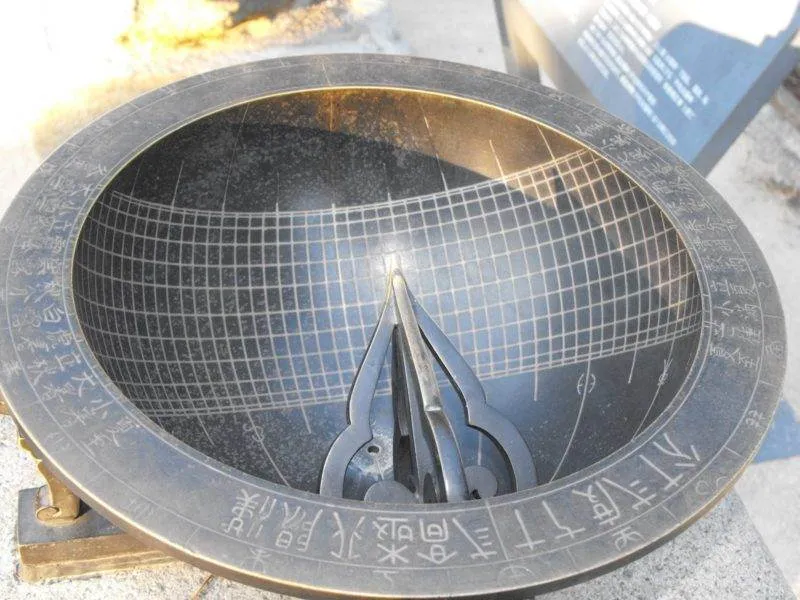
An old-school sundial, similar to the one in Deoksugung. Not pictured was a chart to read the sundial and convert it’s time to a modern reckoning – today was a rather cloudy day, unfortunately.
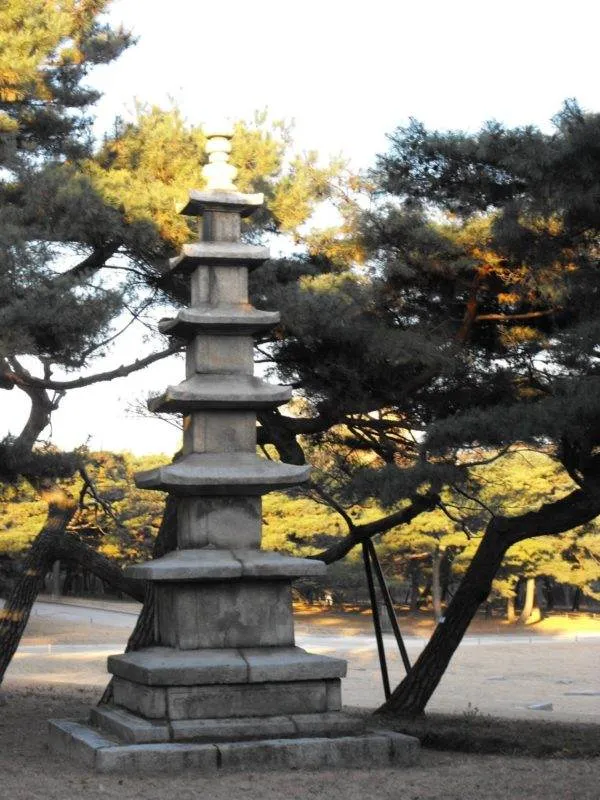
A parting shot of an eight-story pagoda – count from the bottom up. It seemed original, without any signs, and almost seemed out of place – other buildings were fairly prominently displayed, while this pagoda was almost hidden out of sight by trees.
Changgyeonggung is yet another wonderful look at the history of Korea. Even on a VERY COLD day with few other explorers about, you could still imagine the life and lifestyle of the time.
Directions to Changgyeonggung: Take the Seoul subway system to the Hyehwa station (line 4). Take exit 4 to street level, then follow the signs for about a 10 minute walk.



I watched a k-drama called “Princess Hours” (or “Goong”) a little while ago, and I think it was filmed here…well, parts of it. It looks familiar.